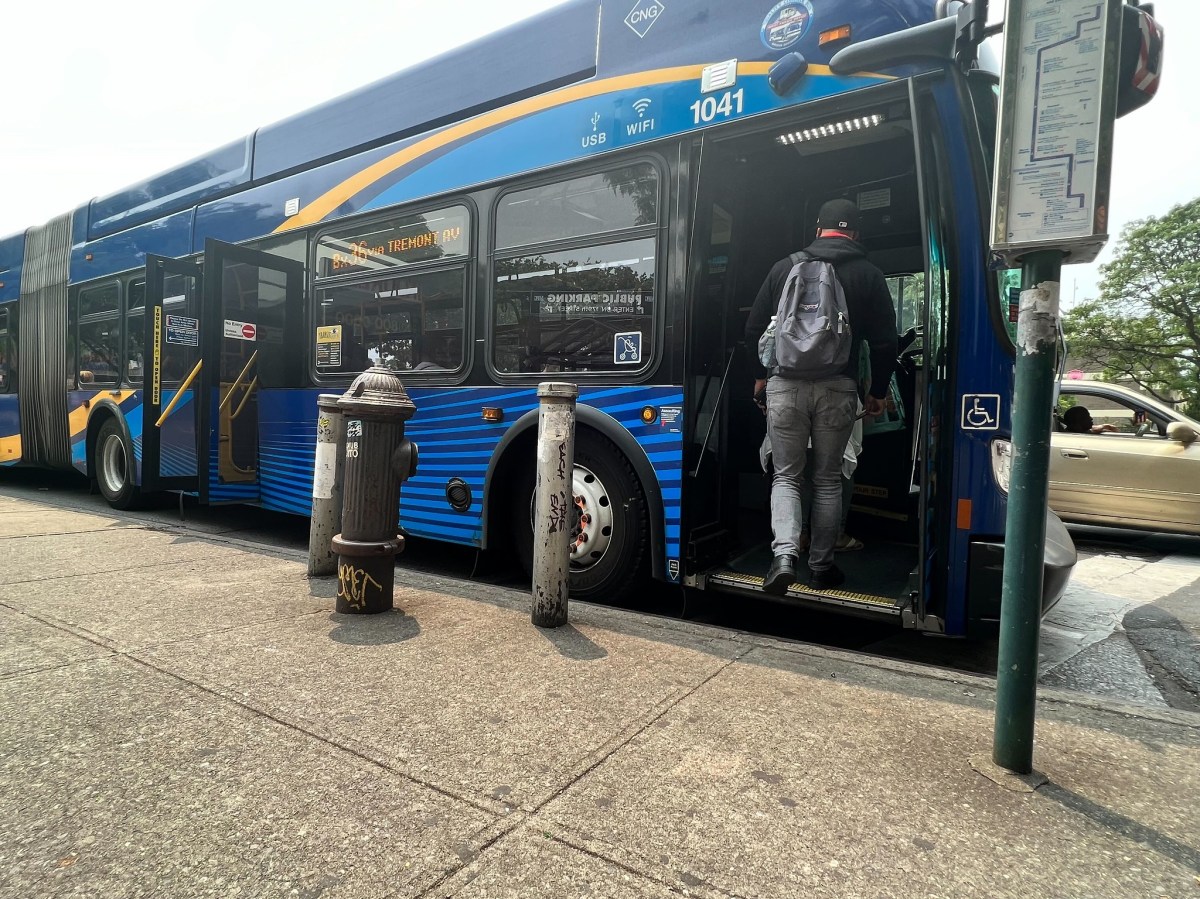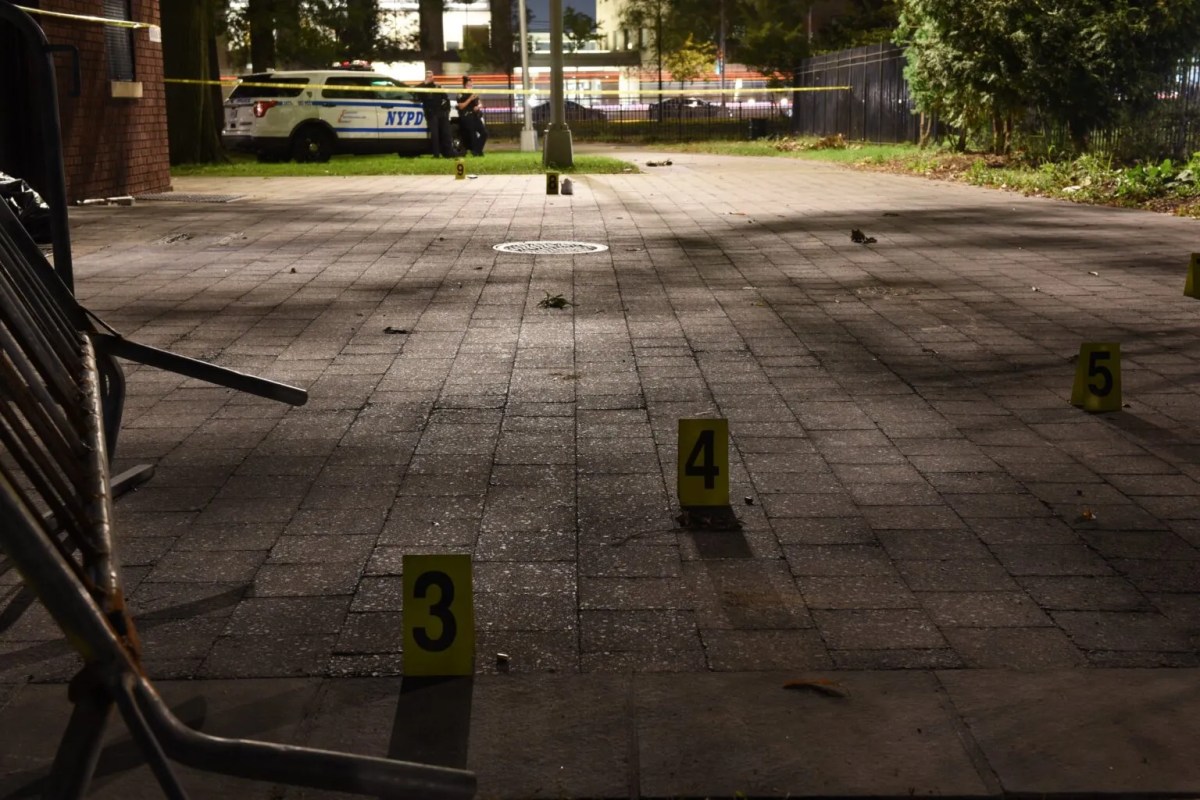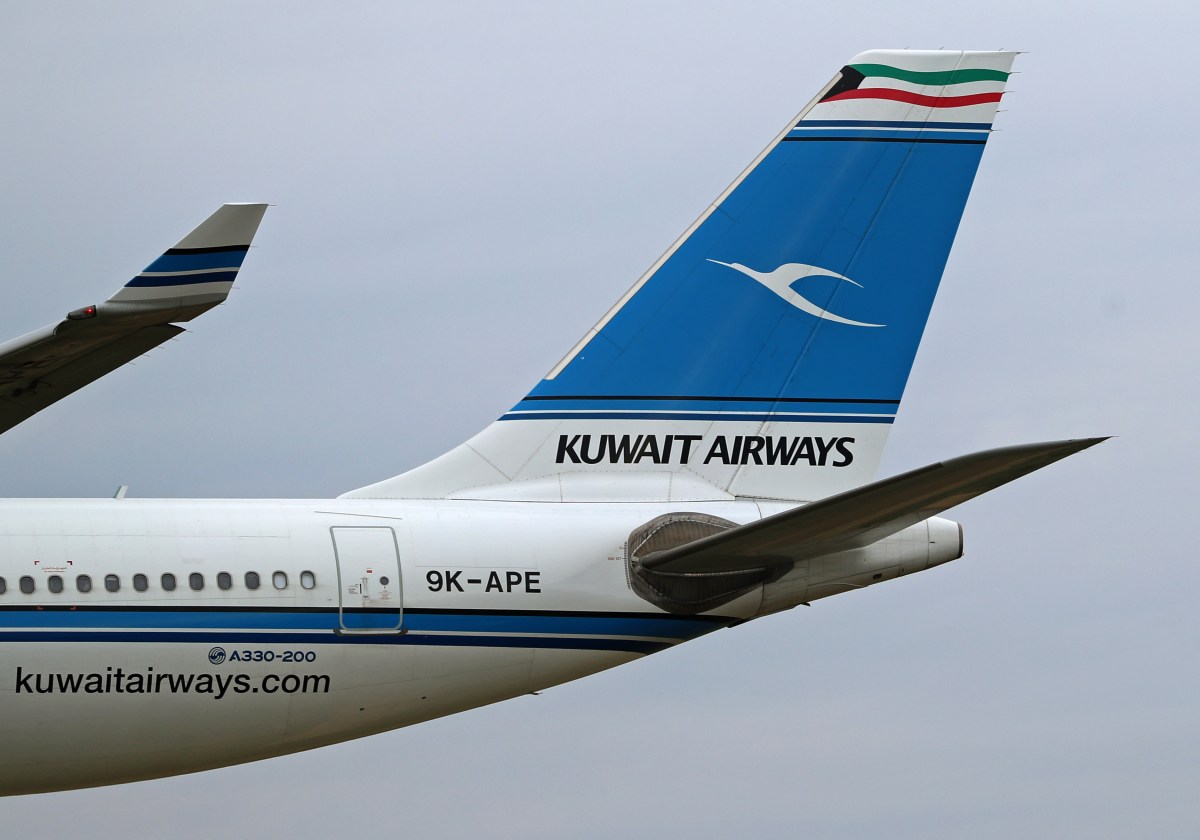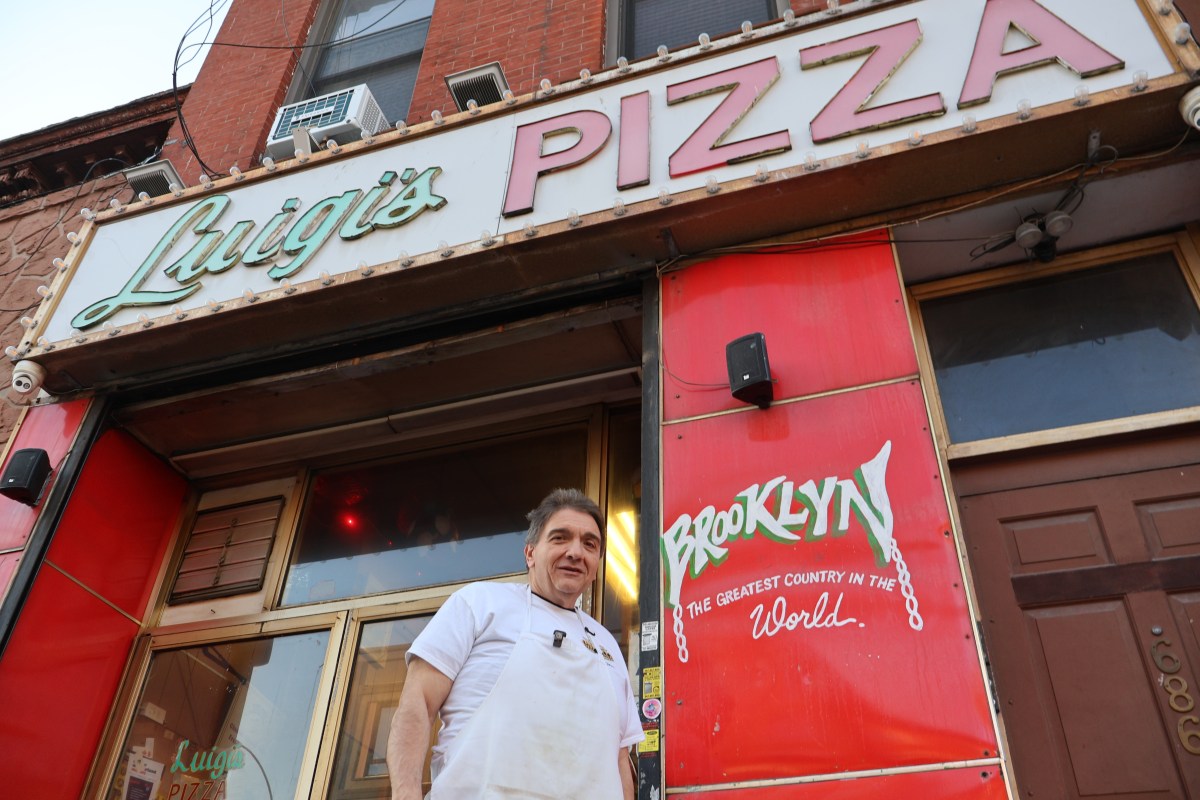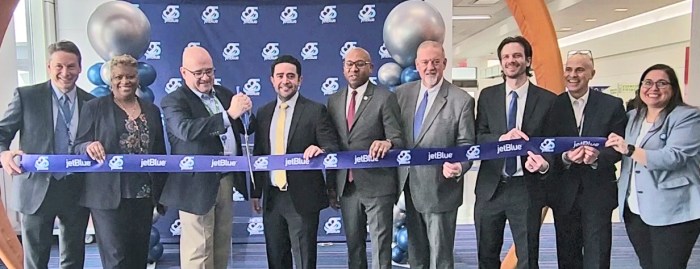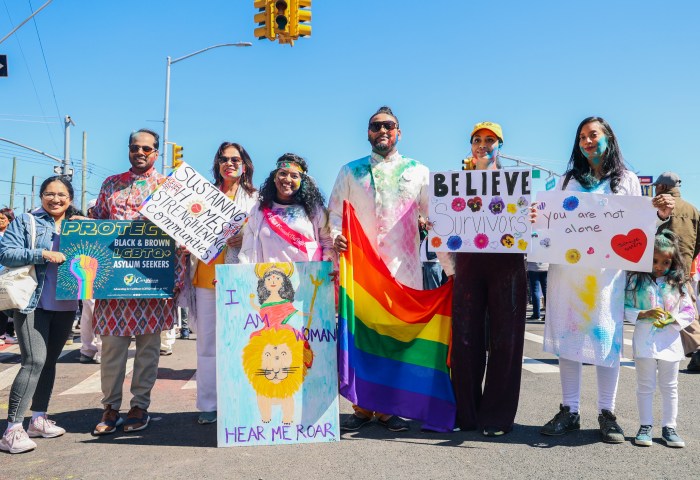Nearly half of MTA bus riders are not paying the $2.90 fare, and the MTA is admitting its attempts to stop the problem have not been particularly effective.
During the first quarter of 2024, 47.8% of the MTA’s 2 million bus riders skipped the fare — an immense increase from just over 20% seen in the last quarter before the COVID-19 pandemic struck in 2020.
The MTA places the genesis of the problem, which is imperiling agency finances, on the COVID-19 pandemic: bus fares were effectively eliminated for months in 2020 as the coronavirus rampaged through the city, as front-door boarding was eliminated in an effort to protect bus operators from contracting the virus, which killed over 100 members of Transport Workers Union Local 100.
“The problem is that habit of not paying for the buses, which got into people during COVID, has not left,” MTA Chair and CEO Janno Lieber said at a press conference following the MTA’s monthly board meeting on Wednesday. “And so, we do need to do something to reestablish the principle that we’ve all gotta pay, we’ve all gotta be respectful of each other.”
That is somewhat belied, however, by the fact that fare evasion has grown consistently since fare payment was re-established, according to operational metrics published by the MTA.
In the first quarter that fares were re-introduced, fare evasion was barely higher than it was pre-COVID, but in almost every quarter since the prevalence has grown at a quick clip.
Fare evasion is expected to cost the agency up to $800 million in foregone revenue annually over the next few years. And to be sure, the MTA has drawn up numerous detailed plans to combat the problem on the subway, where only about 13.6% of riders were skipping the fare in the first quarter — still much higher than transit bigs want, to be sure.
Thousands of cops have flooded into the subway system partially in a bid to stop farebeaters, as have unarmed private security guards manning turnstiles and emergency exits; the number of summonses issued for fare evasion has more than doubled since the start of 2022.
The MTA has reconfigured subway turnstiles to prevent “back-cocking,” where they’re pulled in the reverse direction to allow riders to slip through without paying, and is piloting delays to opening emergency exits that agency brass say “opportunistic” fare evaders walk through when they may have otherwise paid. Perhaps grandest of all, the MTA is seeking to completely redesign its turnstiles to feature tall, middle-out gates that are much harder to jump.
A question of enforcement
Plans are not so clear-cut for the bus, where the main effort at reining in fare evasion centers on deploying fare inspectors called EAGLE Teams that can board select or local buses to enforce payment, as well as at bus stop “hubs” where many lines converge. Cops can also enforce payment on buses.
Lieber on Wednesday said the agency is devising new strategies to combat fare evasion on buses, though didn’t get into specifics on what those are. He noted that the “omnipresence” approach to policing embraced in the subway won’t work on buses: with 5,800 buses making thousands of stops across over 300 individual routes, there’s simply not enough cops to be everywhere.
“We’ve gotta be strategic, because we cannot put a cop or an Eagle team member on every bus,” said Lieber. “So it has to be effective enough to get the message across.”
Bus fare evasion is just one financial pressure facing the MTA in the next few years, with the agency facing more than $400 million annual deficits starting in 2027. Besides fare evasion, the MTA is facing lower-than-expected revenues from real estate taxes, while the financial picture doesn’t even account for what could be hundreds of millions in foregone revenue stemming from the pause on congestion pricing.
Read more: MTA to Fine Vehicles Blocking Bus Stops Starting Next Week



